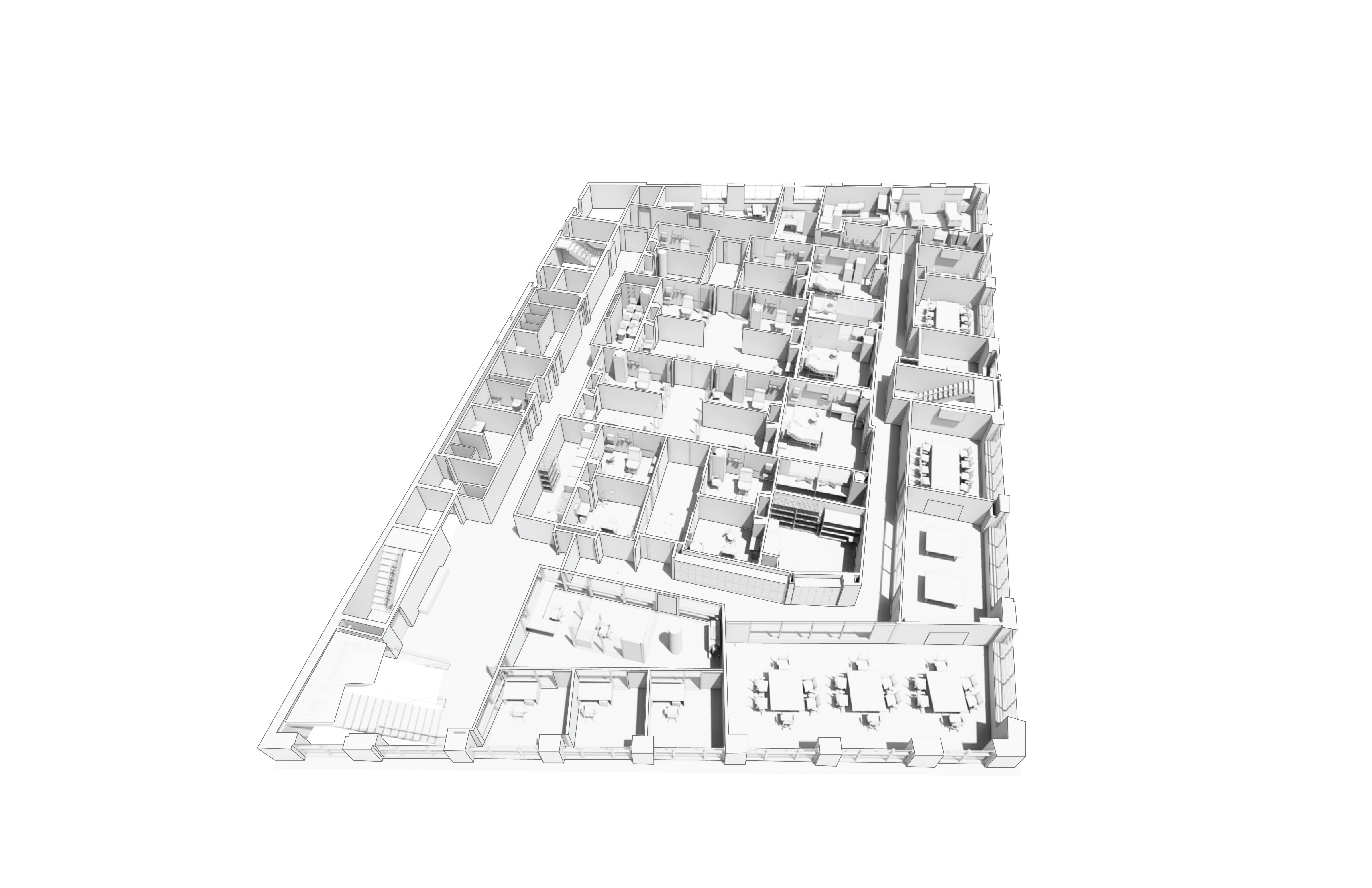-
About
- Departments & Offices
-
Academics
- Public Health
- Biomedical Sciences
- Physician Assistant
- Special Master’s (MBS)
-
Admissions & Financial Aid
- Tuition & Fees
-
Student Experience
-
- Student Resources by Program
- Academic & Student Support
- Wellness & Wellbeing
- Student Life
- Events & Traditions
-
-
Research
- Research Labs & Centers
- Tufts University-Tufts Medicine Research Enterprise
-
Local & Global Engagement
- Global Health Programs
- Community Engagement
Valery Test - Medicine Map
Why simulations?
Medical education is increasingly focused on case-based scenarios, small group and team-based learning, and high levels of student-faculty interaction. Simulated experiences like those offered by the Thompson Sim Center support these strategies, and provide students with a proven, highly effective set of tools for training skilled, versatile clinicians who possess the confidence and sensitivity to create better patient experiences and health outcomes.
Simulations ensure that today’s medical students gain real-time exposure and hands-on experience in a wider, more diverse range of scenarios — all in a safe environment designed for better learning
Health in the heart of the city
Located at 136 Harrison Ave, one floor below the Michael J. Anatomy Lab, the soon-to-be renovated, 15,000-square-foot Camilla Bessey Thompson and Paul D. Thompson, M.D., Clinical Skills and Simulation Center facility is an important part of Tufts’ downtown Boston Health Sciences campus. It offers a full suite of spaces and features designed to further enhance the student experience:
- A 50-person classroom
- 16 simulated exam rooms
- 4 simulation spaces
- Debrief, preparation, and classroom spaces
- 3 observation/monitoring rooms
- Write-up stations outside every exam room
- A lounge for standardized patient actors
- Offices for the Educational Affairs staff who support the facility
Explore the Sim Rooms
Patient simulators
Patient simulator manikins are essential components of the simulation education taking place at the Thompson Sim Center. With adult male, adult female, and full-term newborn models available, these technologically sophisticated tools teach a wide range of skills and competencies in areas that include multiple airway, breathing, cardiac, circulation, vascular, ocular, and pharmacological features. They are completely wireless, can integrate with existing computer networks, and are able to simulate complex pathologies with unparalleled realism.
A full complement of patient simulators will enable the Thompson Sim Center to operate at full capacity by allowing groups of students to work in all of our sim rooms simultaneously, creating optimal learning outcomes day-in, day-out.
Lobby

Lobby Features
The description of the room will go here. Along with any other features or specs they would like to display. The description of the room will go here. Along with any other features or specs they would like to display. The description of the room will go here. Along with any other features or specs they would like to display.
The description of the room will go here. Along with any other features or specs they would like to display. The description of the room will go here. Along with any other features or specs they would like to display. The description of the room will go here. Along with any other features or specs they would like to display.
